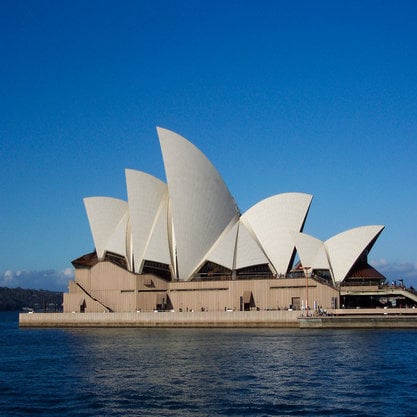Article
Williams, Fred (1927–1982) By Jorgensen, Darren
Article
Fred Williams was an Australian painter and printmaker who bridged the gulf between the country’s landscape painters and contemporary art. In the 1960s he turned the sparseness of the Australian countryside into pictures that resembled the international trends toward abstraction and minimalism. These were large, sparse canvases dotted with colorful blobs that alluded to the great spaces and minimal features of the Australian countryside. Williams’s other influential series include paintings of densely packed trees in Sherbrooke Forest in the late 1950s and early 1960s, as well as landscapes of the Pilbara region in the early 1980s, just before his death. The Pilbara Series would come to be his best known work, yet they were also the most conservative of Williams’s pictures, as they portray the ranges and riverbeds of this region with a naturalism redolent of classical landscape painting. In these works, it is as if the radical break that took place in Australian art in the 1960s and 1970s had never happened—that is, that the influence of contemporary art had not succeeded in making itself felt.

